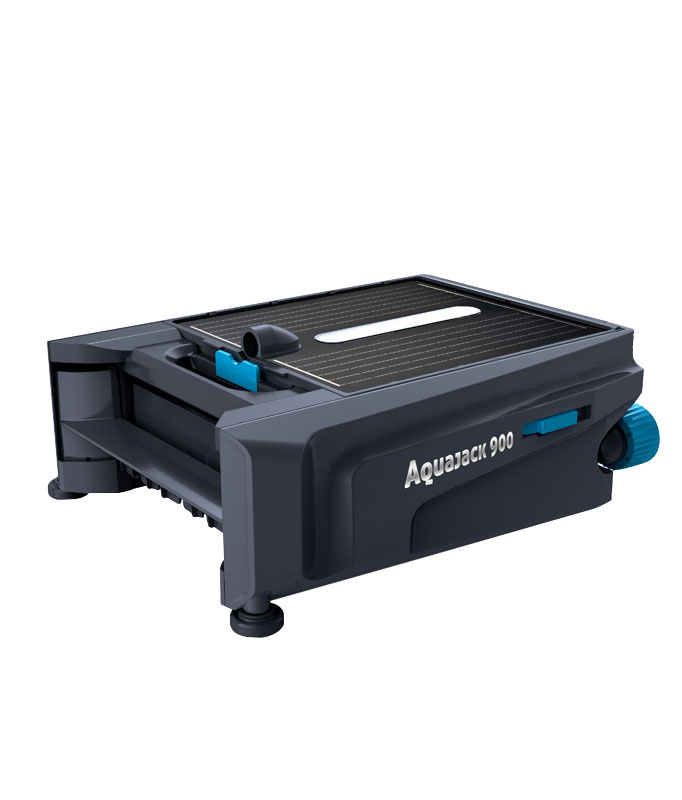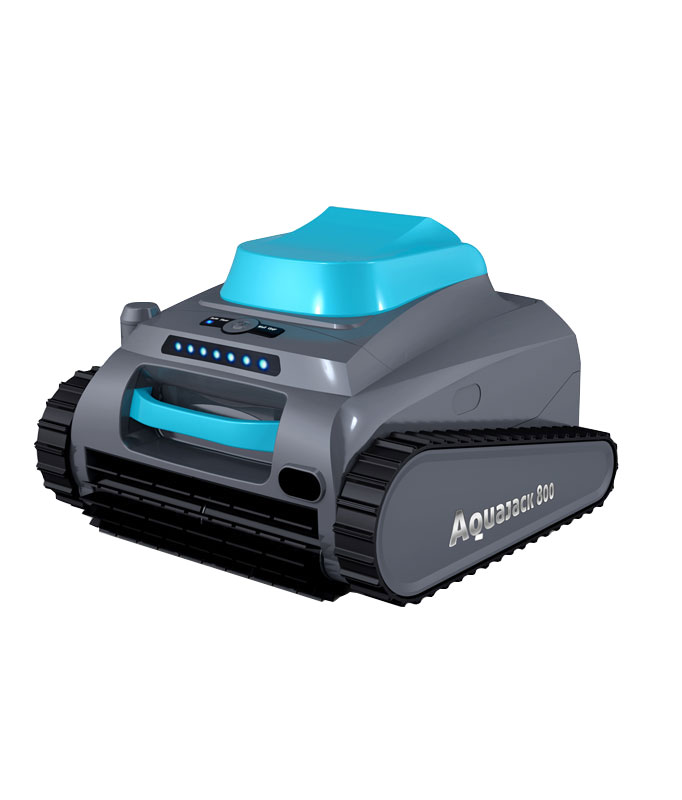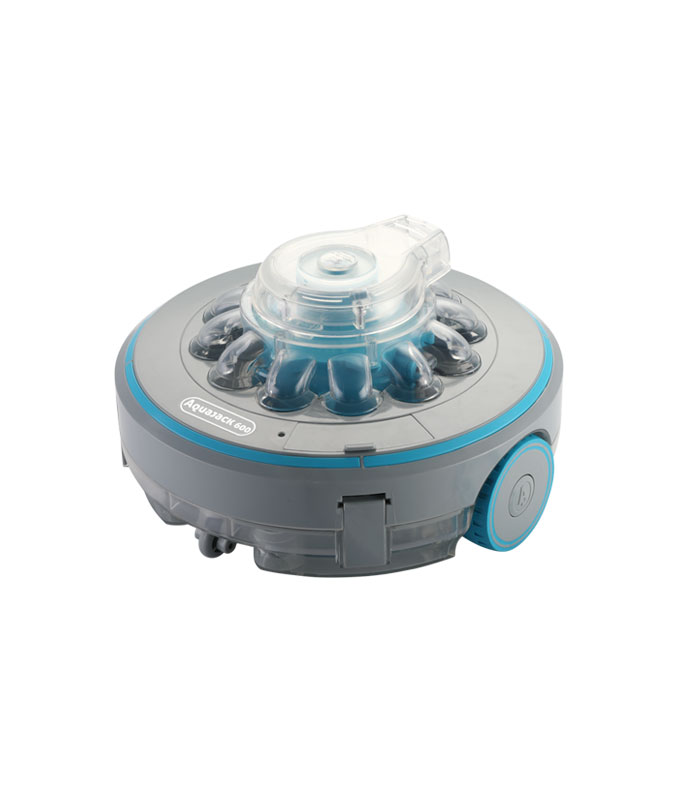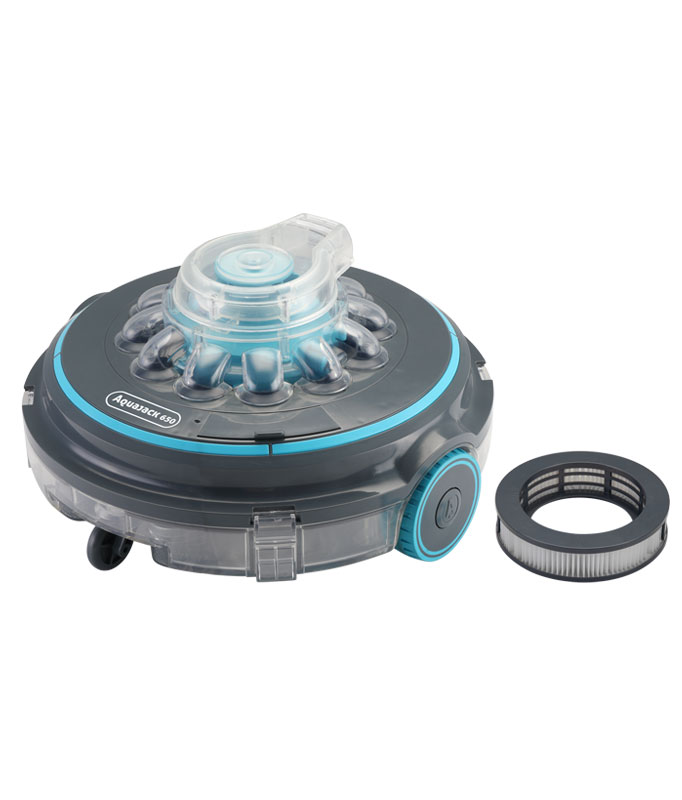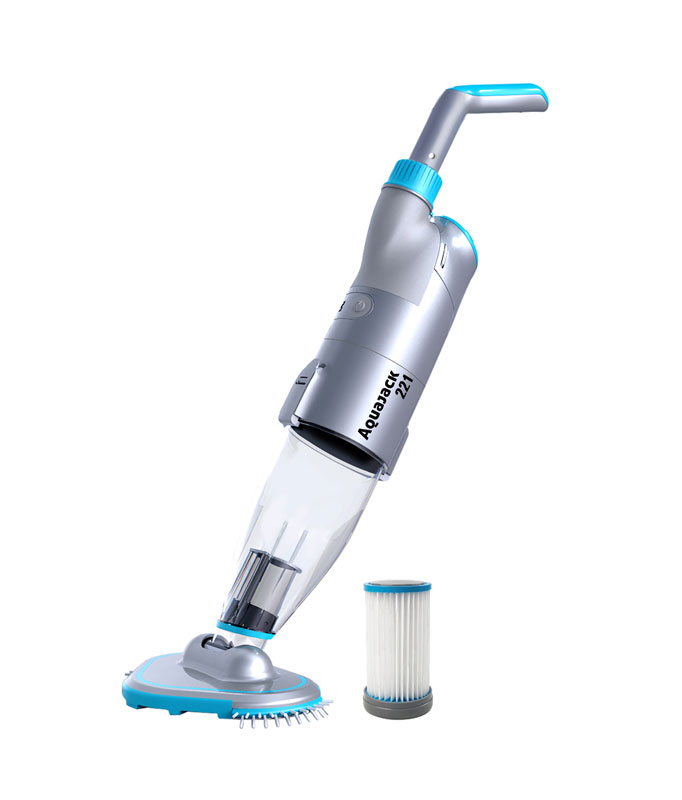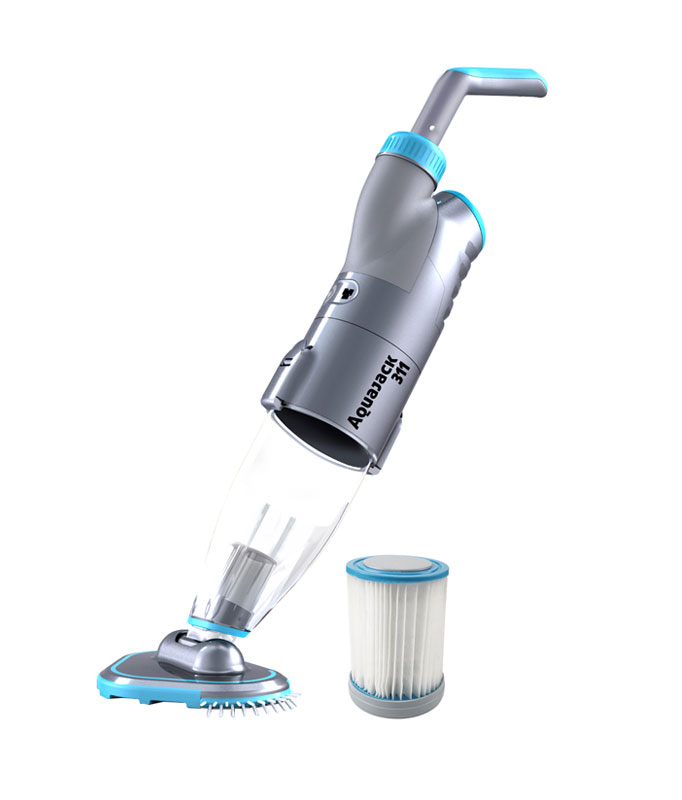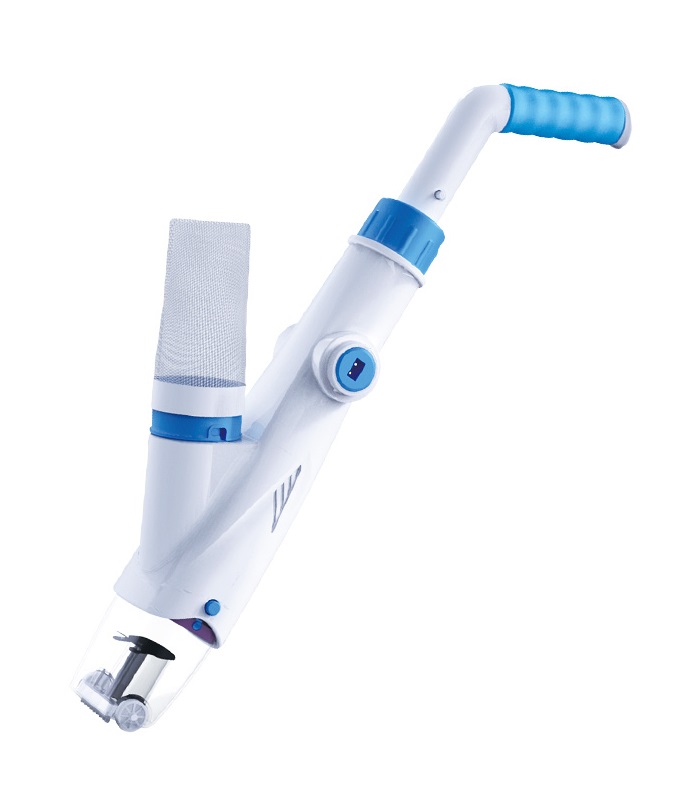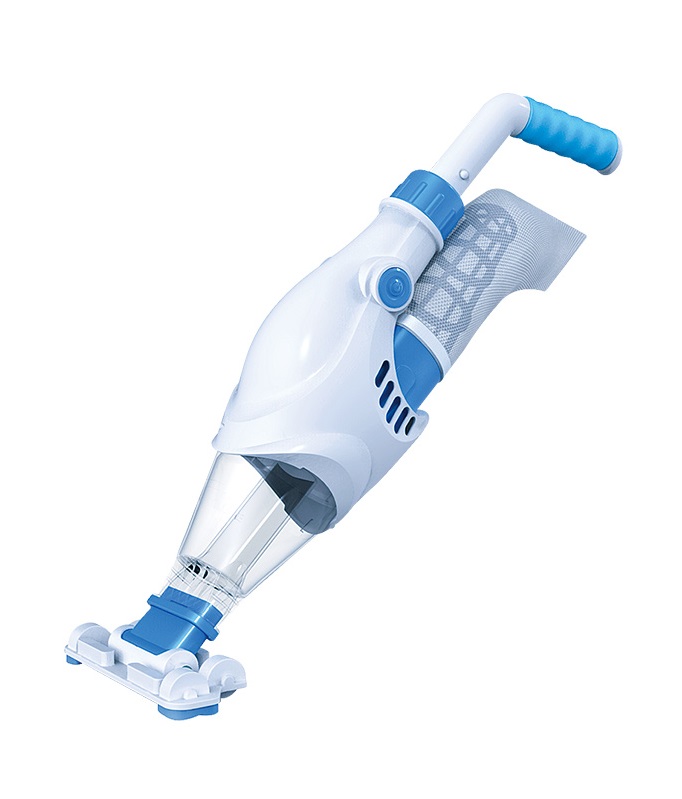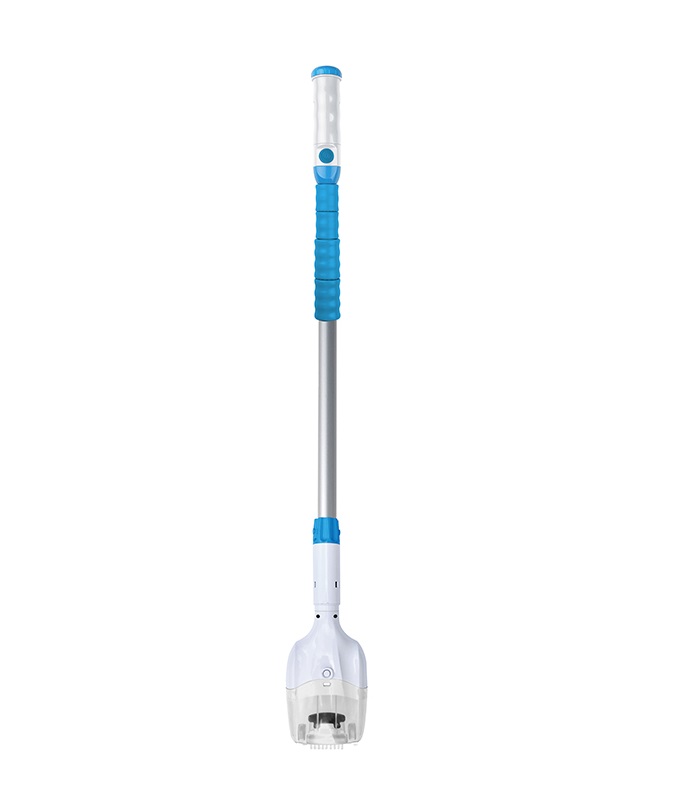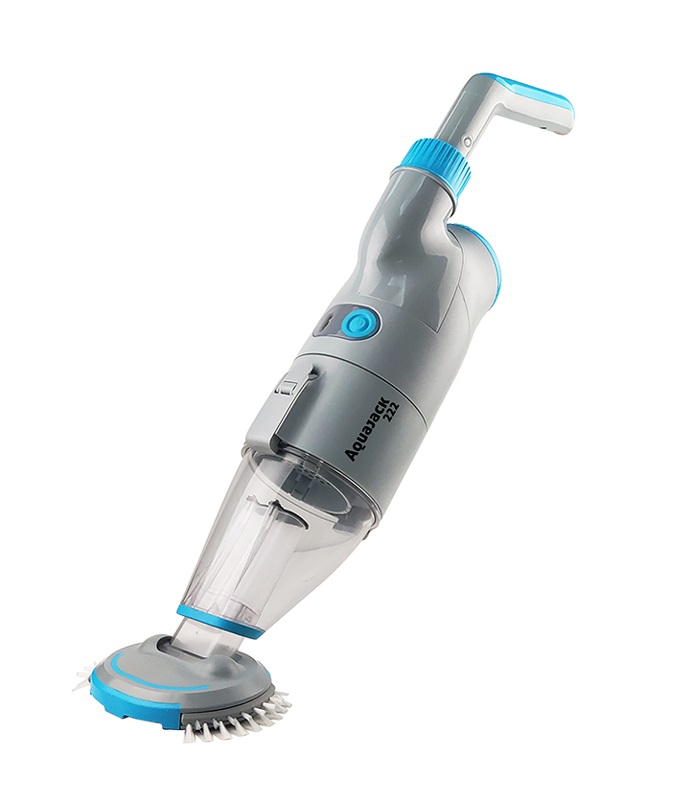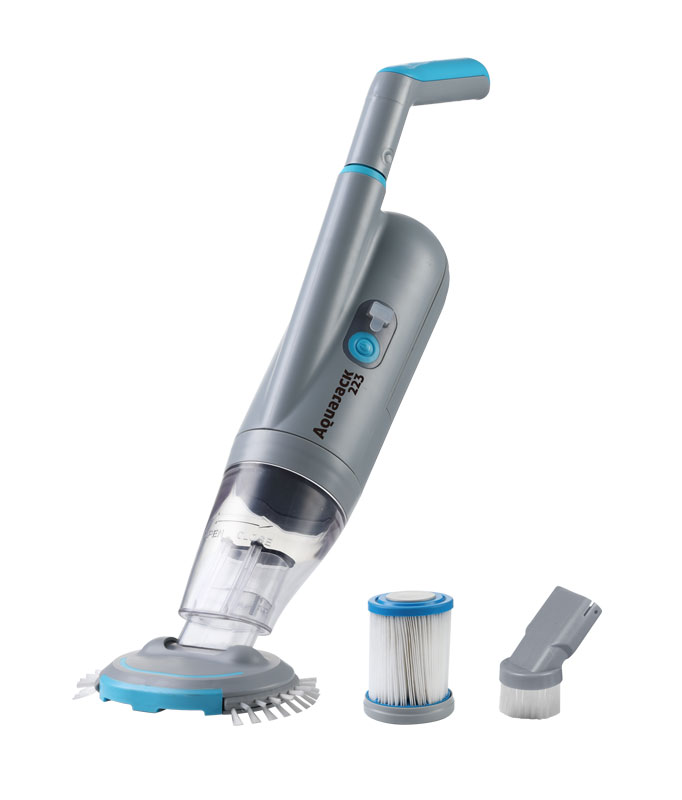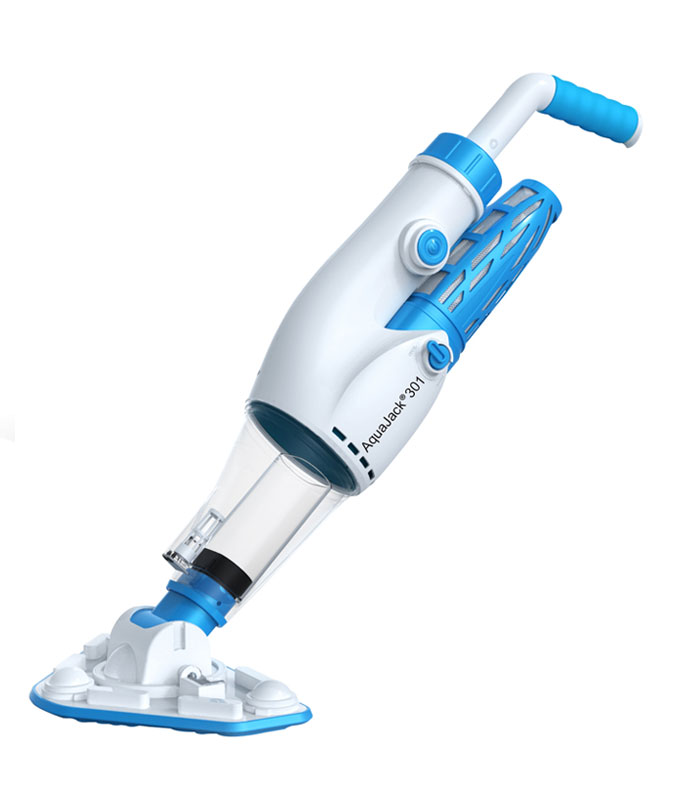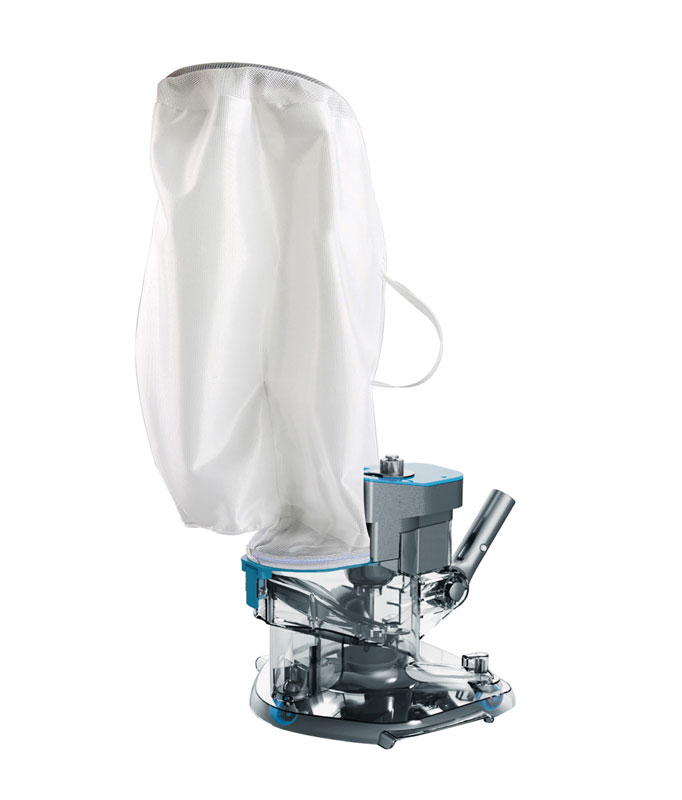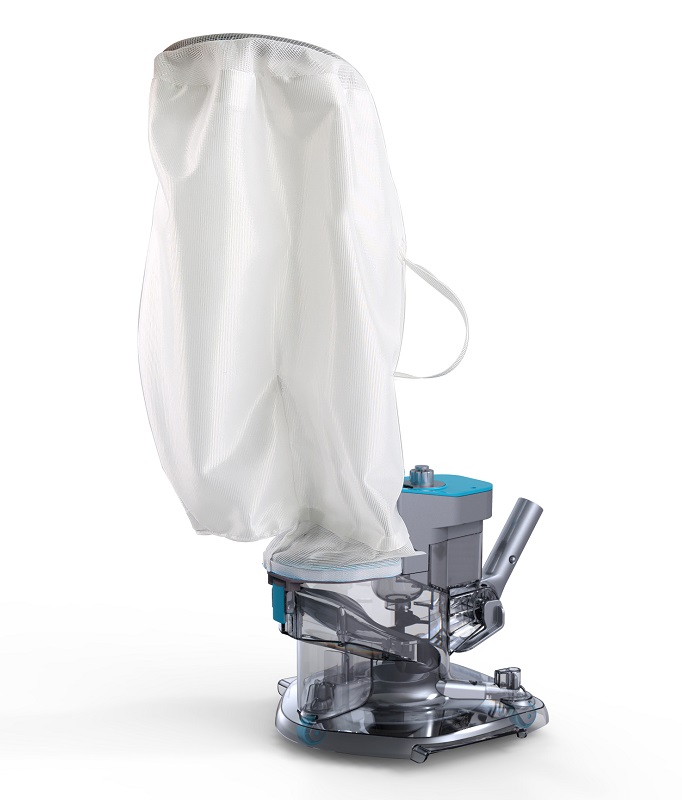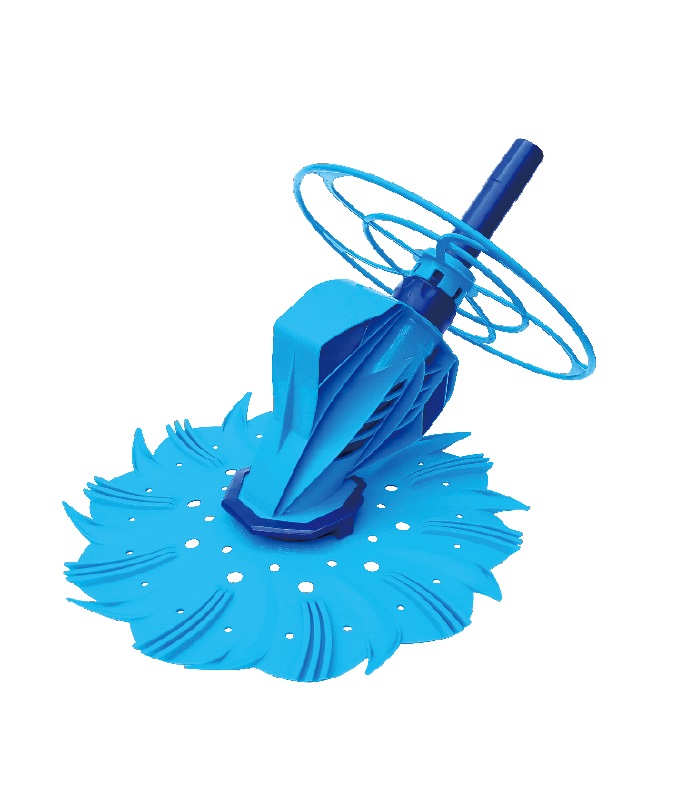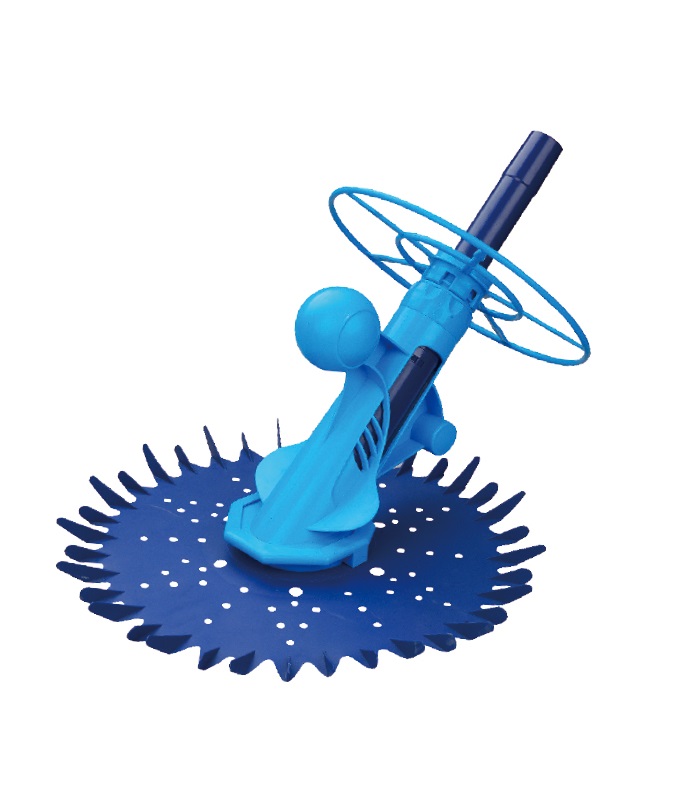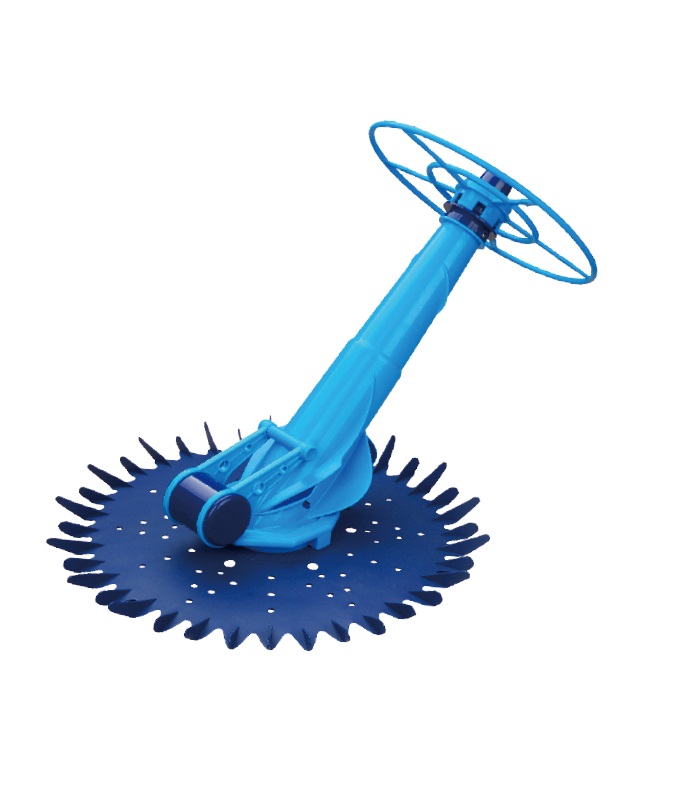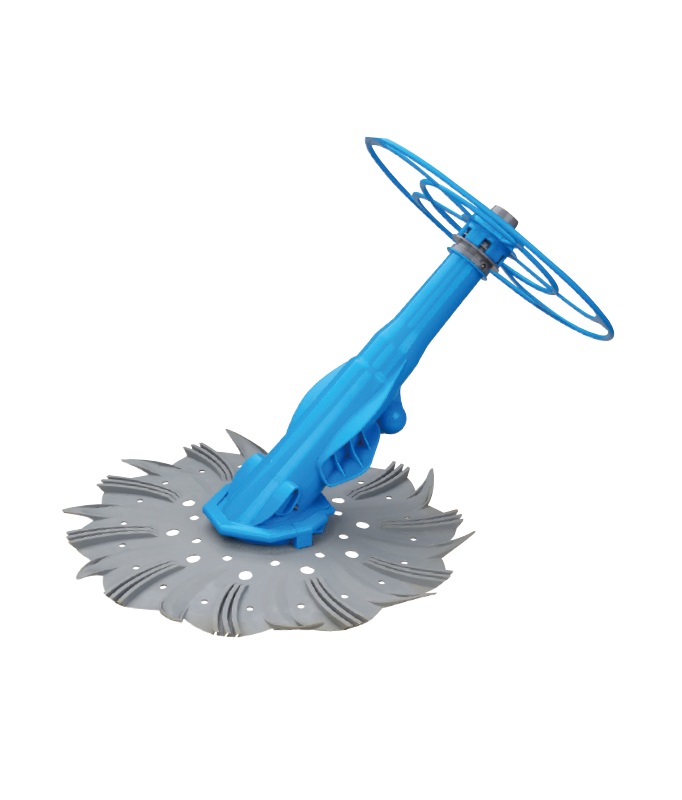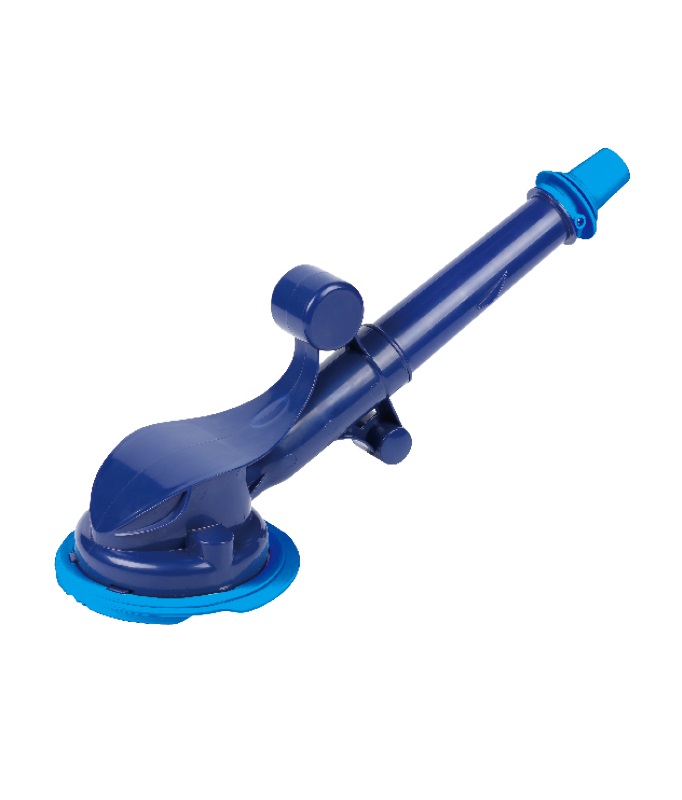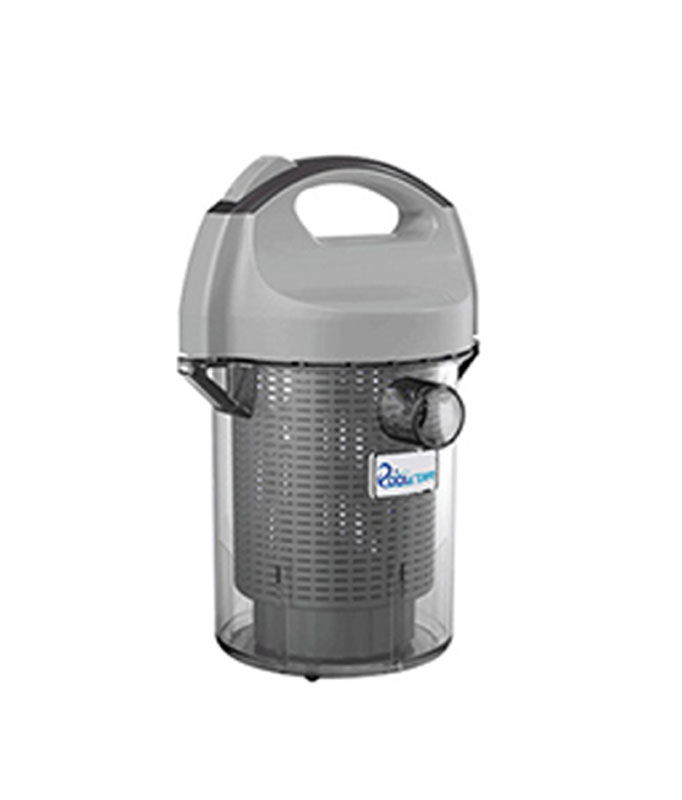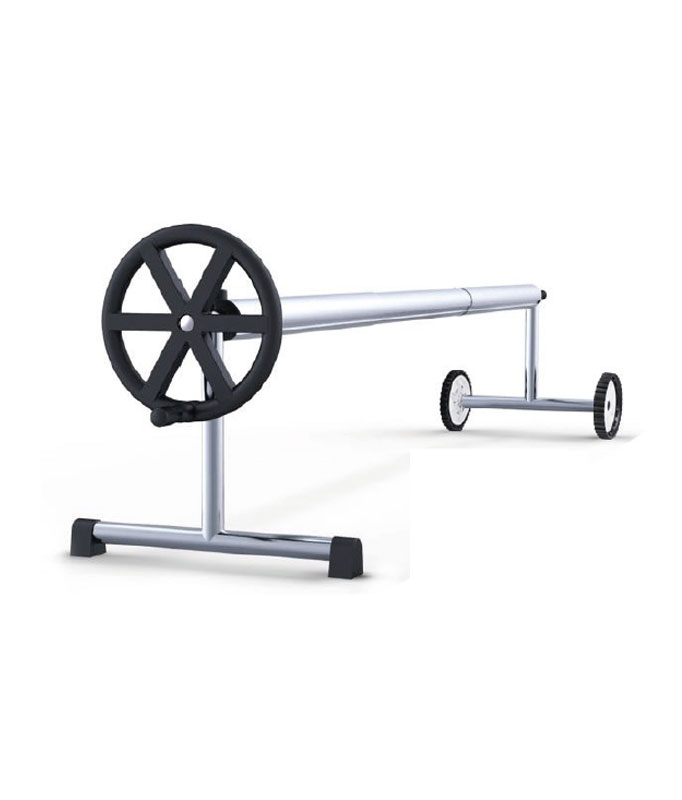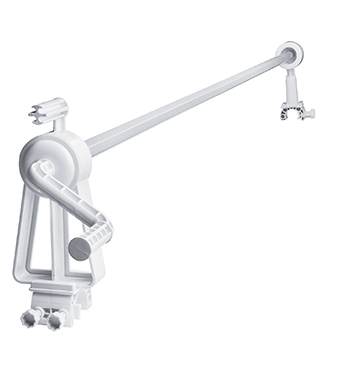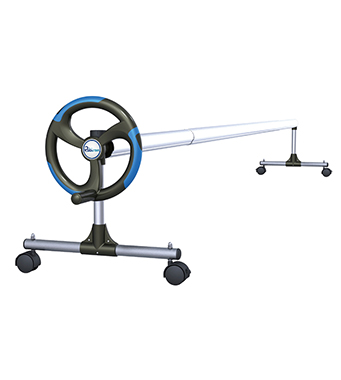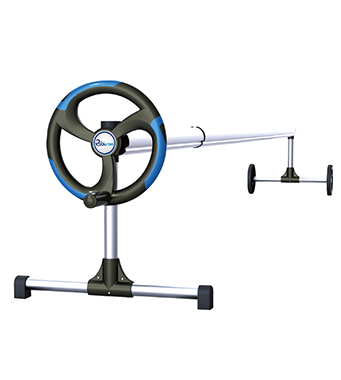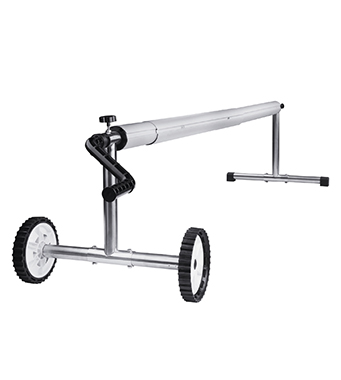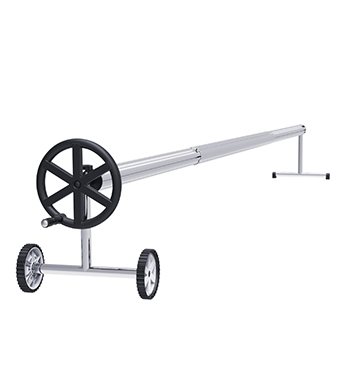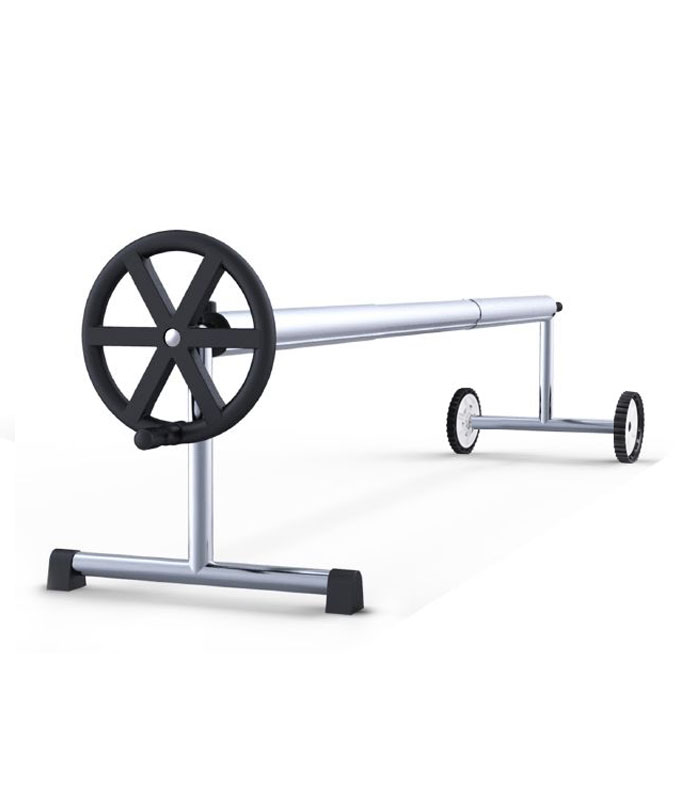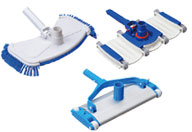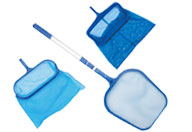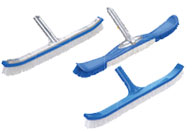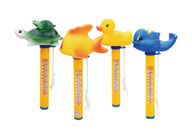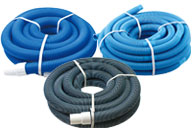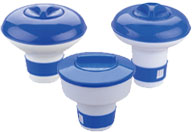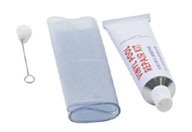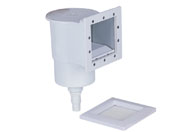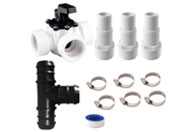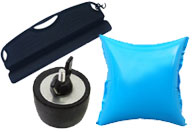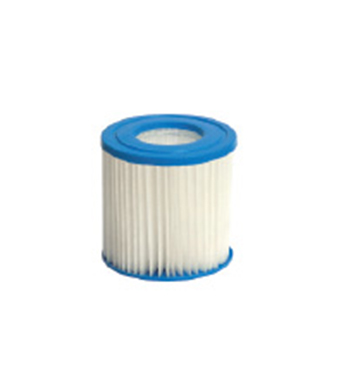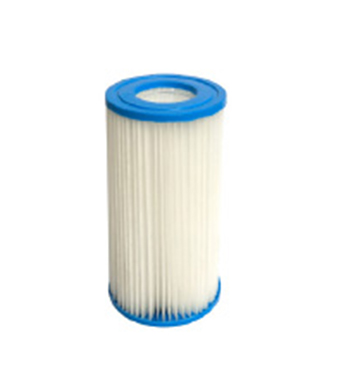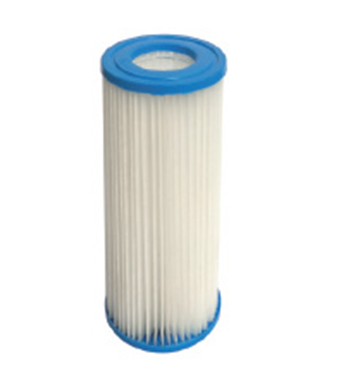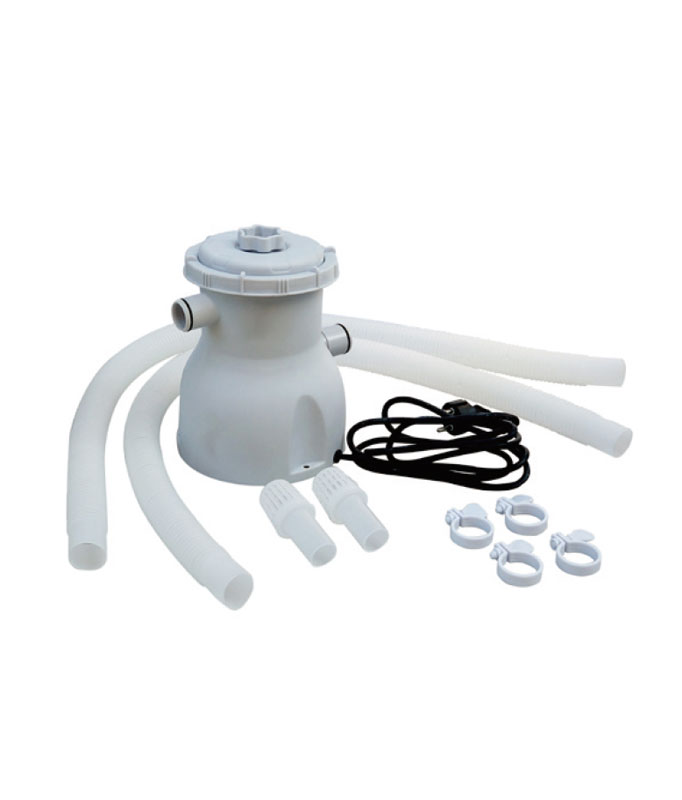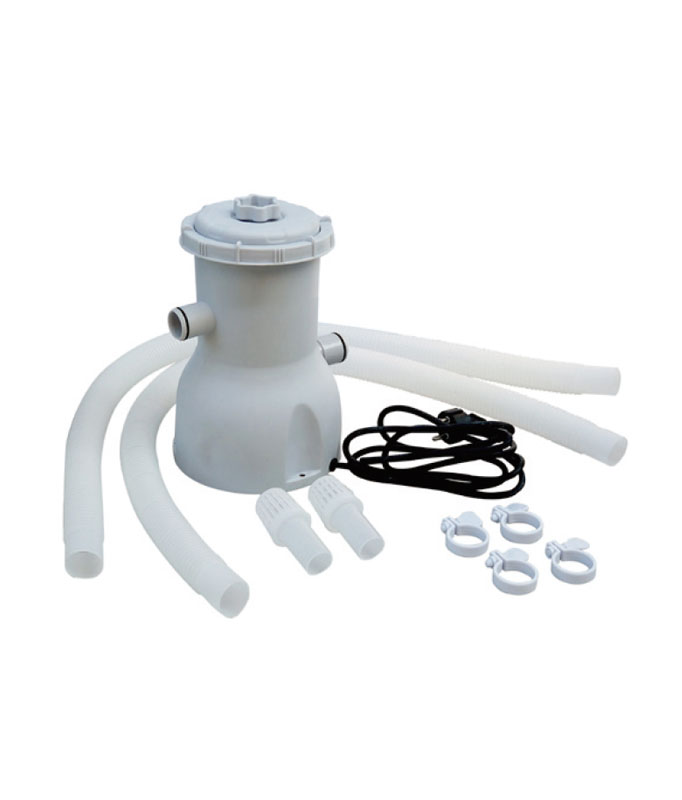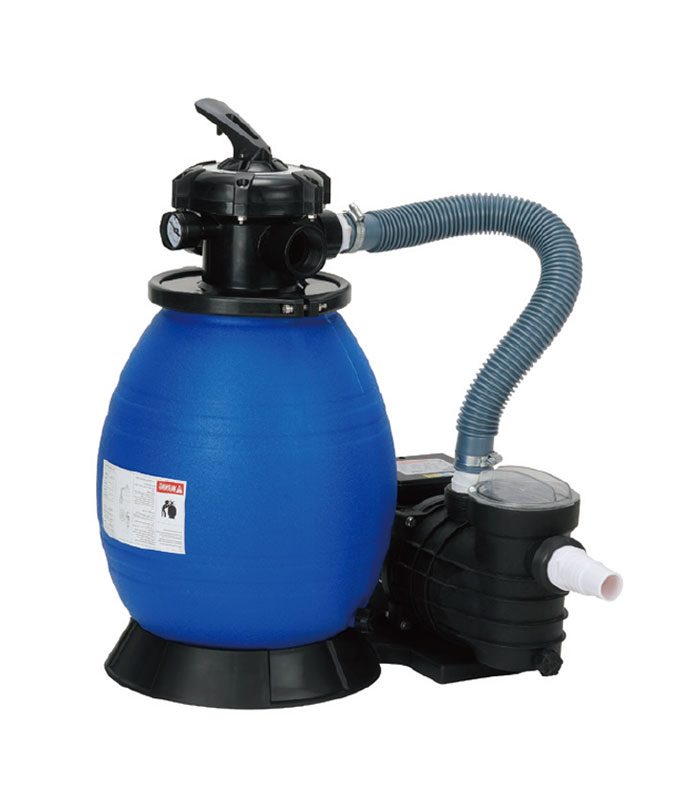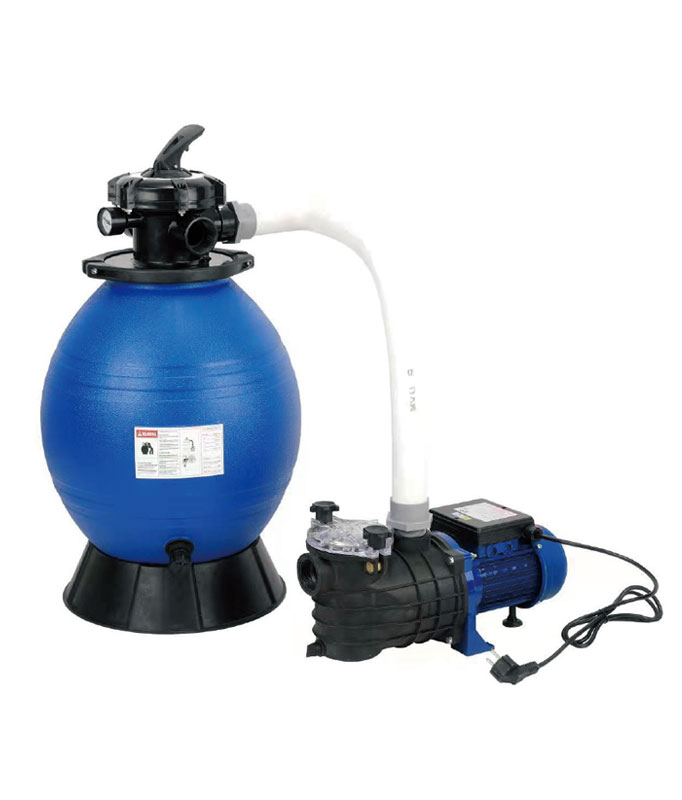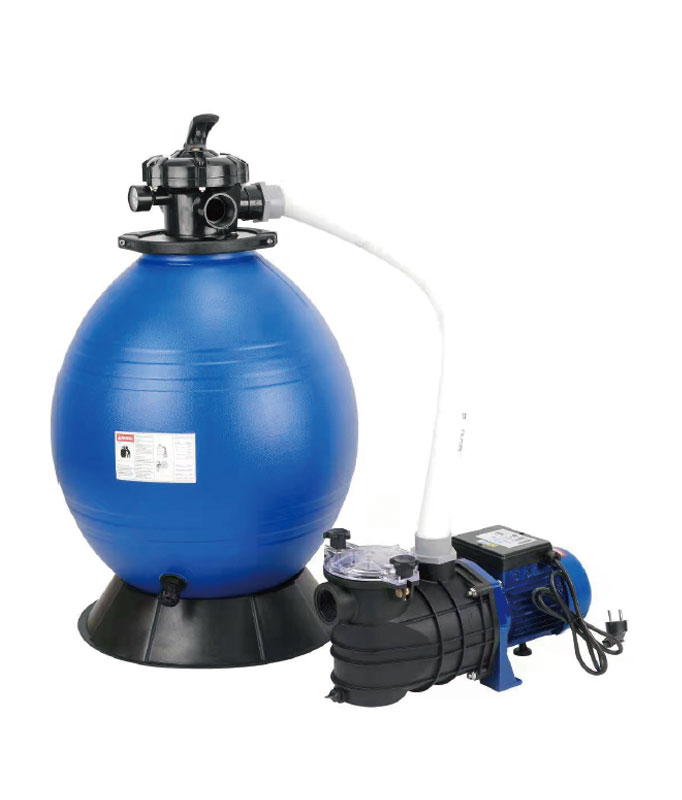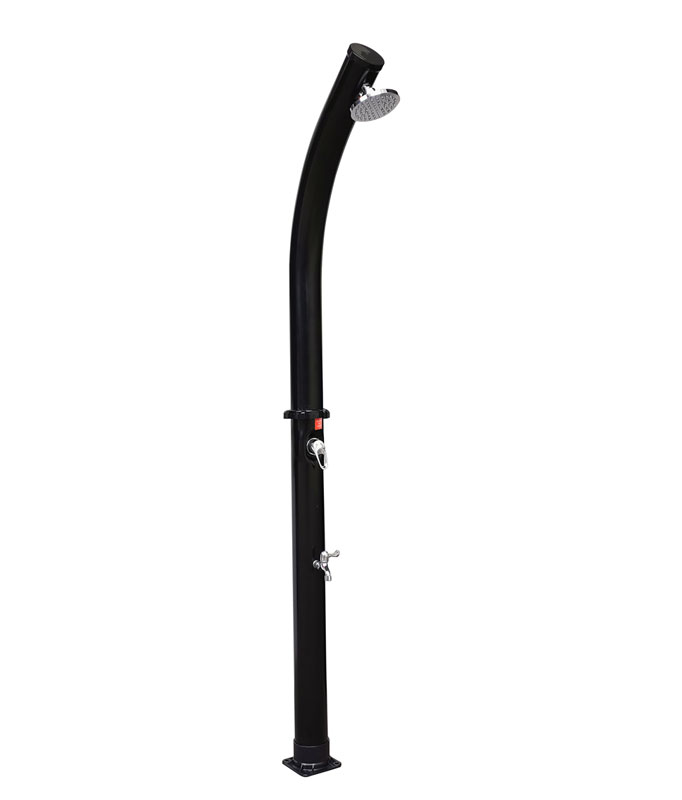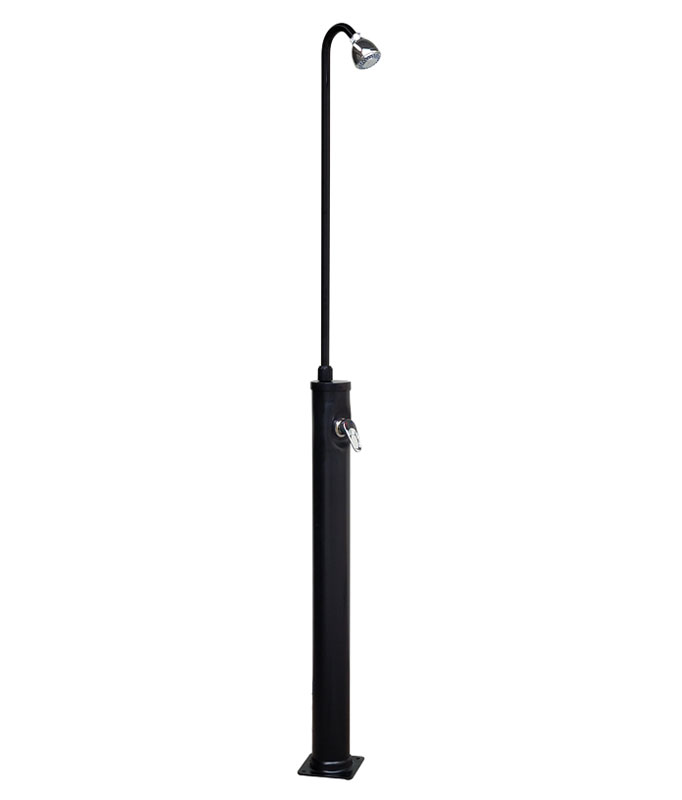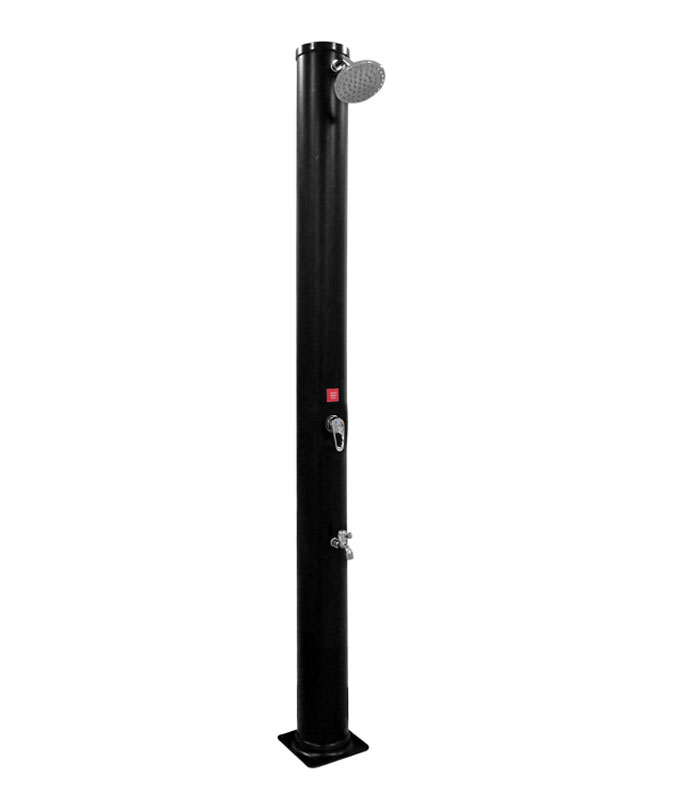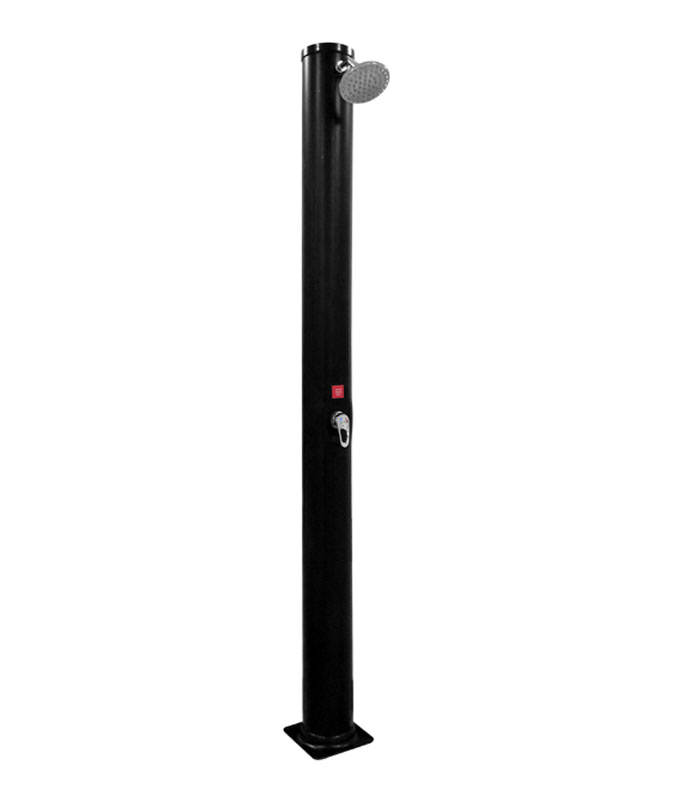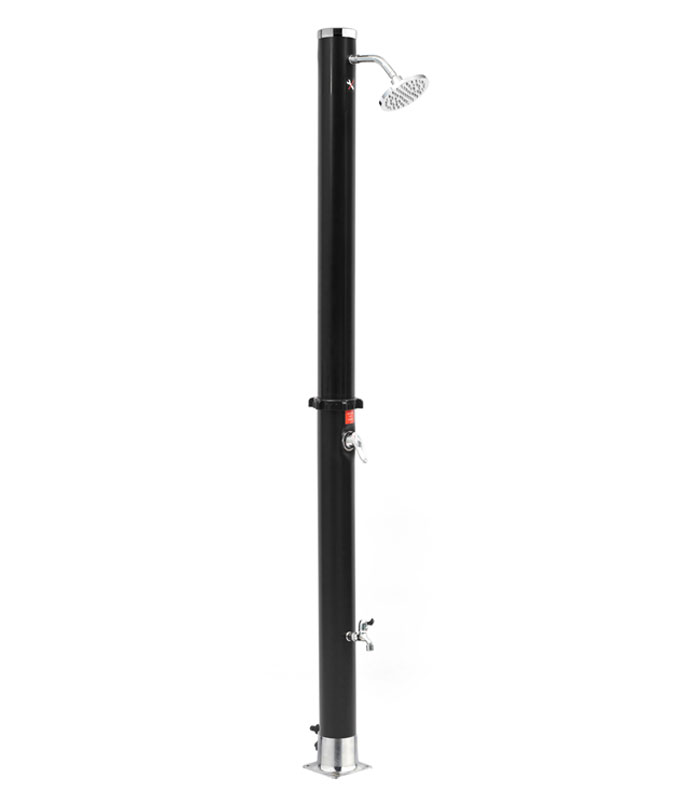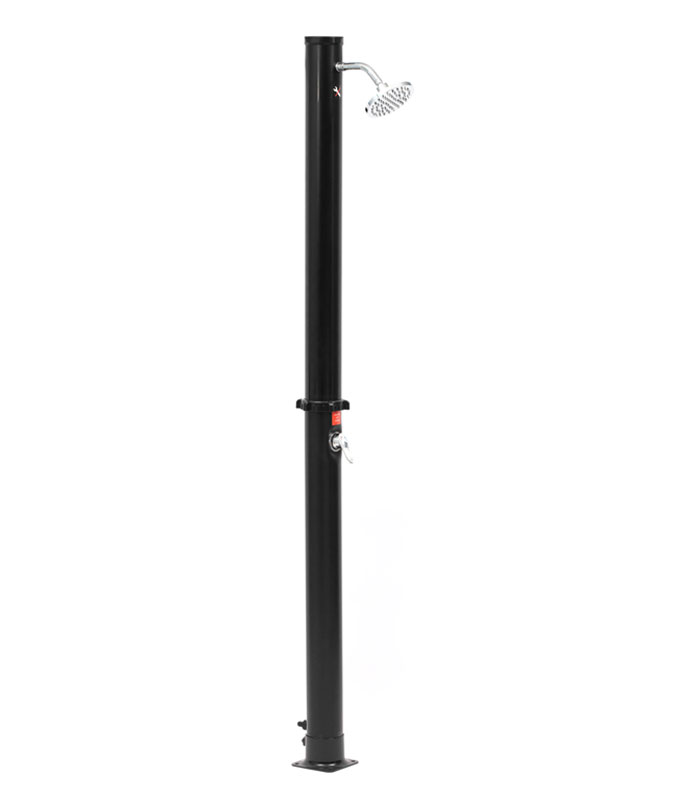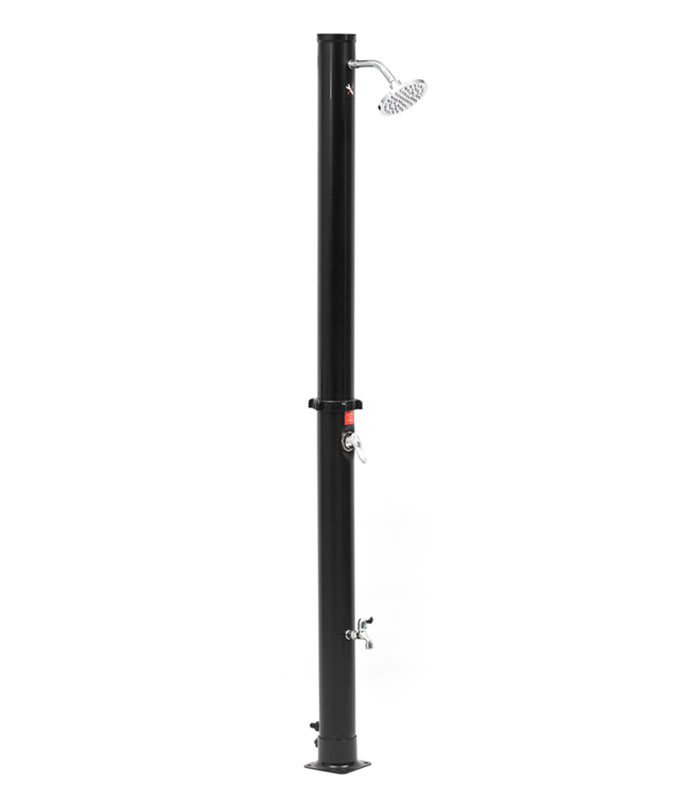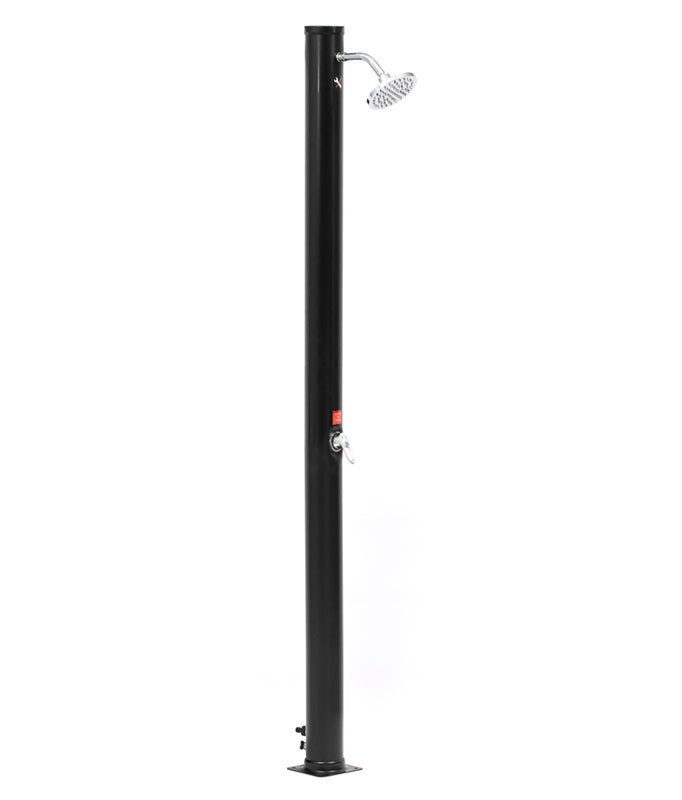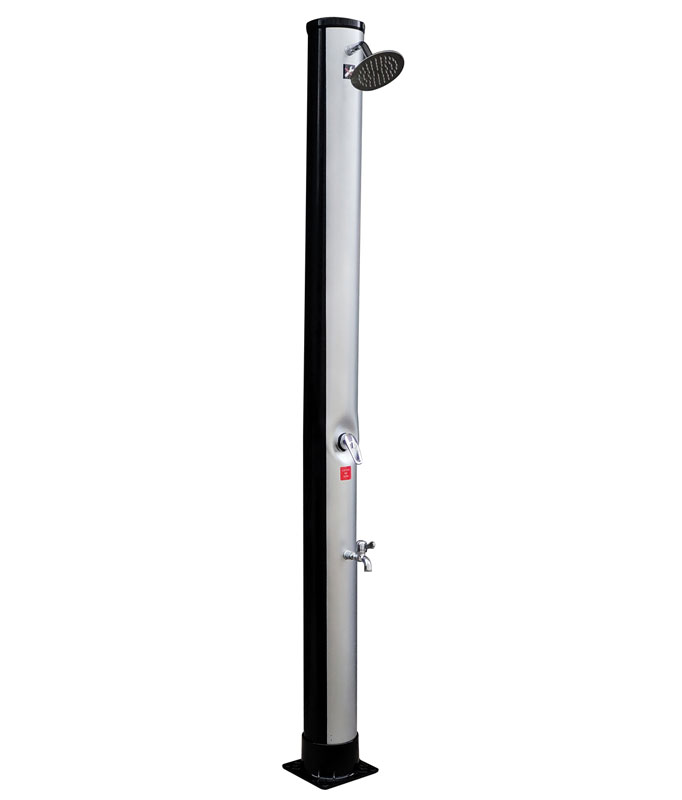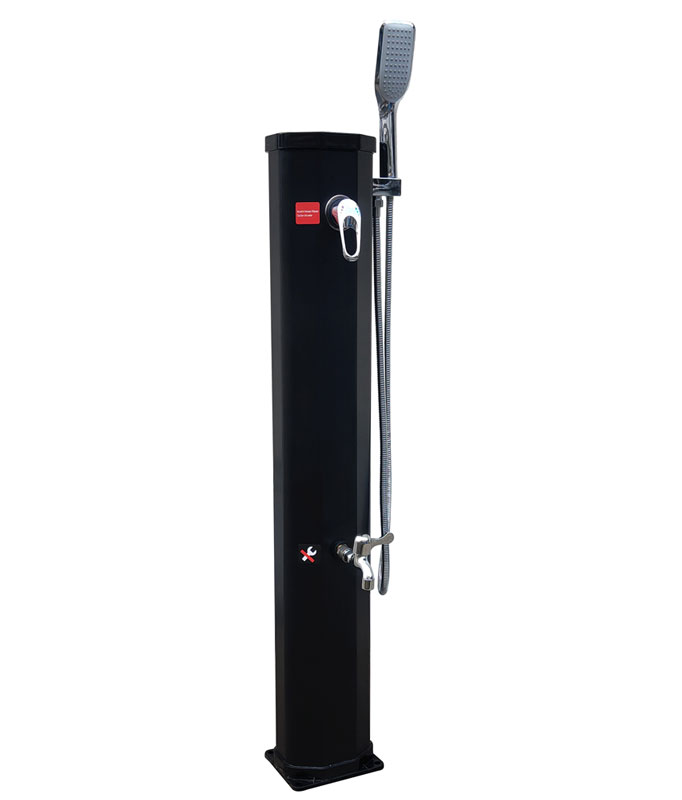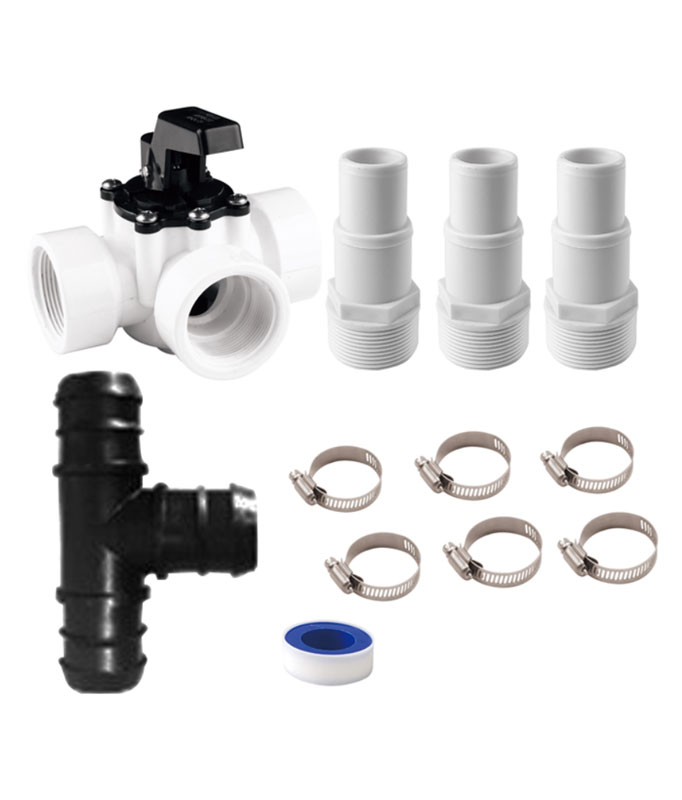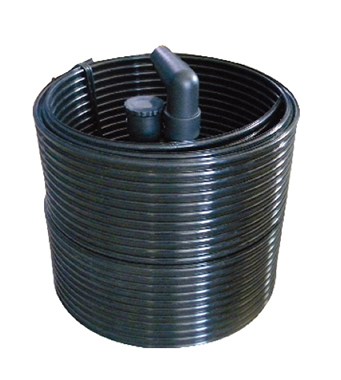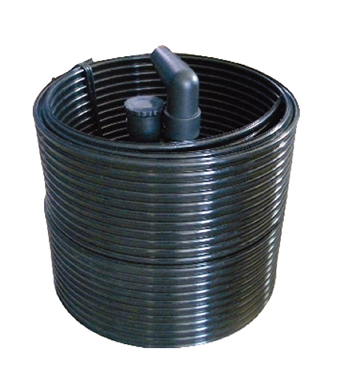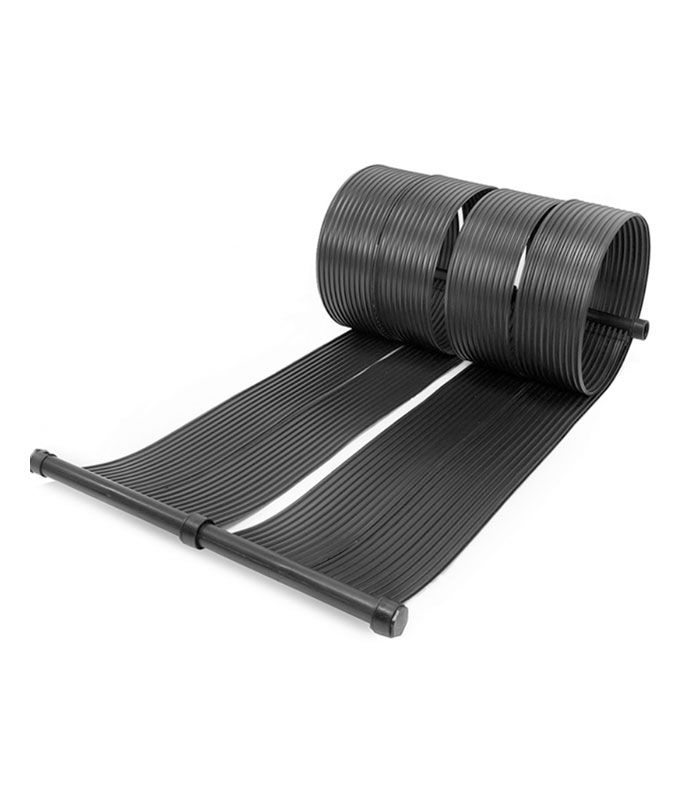Stubborn pool stains can be a real headache, right? Especially when they cling to hard bottoms like they’re never letting go. But don’t worry—it’s not impossible to fix. You just need to figure out what caused them and tackle them with the right tools. Portable pool vacuum cleaners remove stubborn stains from hard pool bottoms, making the job so much easier. You can check out options like this one: https://www.cnpoolstar.com/product/aquajack-311-cordless-pool-vacuum-cleaner-6.html. With the right approach, your pool can look spotless again in no time.
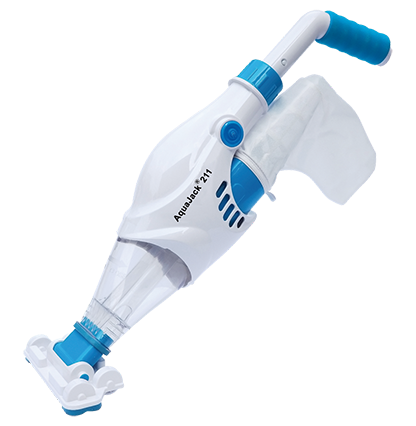
Key Takeaways
- Figure out what kind of pool stain it is first. Knowing if it's from plants, metal, or minerals helps pick the right cleaner.
- Use small pool vacuums to clean tough stains on the bottom. They work fast and protect the pool surface from harm.
- Take care of your pool by testing water and brushing it often. Doing this now keeps your pool clean and ready to swim in.
Identifying the Type of Pool Stain
Before you can tackle those stubborn pool stains, you need to figure out what you're dealing with. Not all stains are created equal, and each type requires a different approach. Let’s break it down so you can identify the culprit and choose the right solution.
Organic Stains: Leaves, Algae, and Dirt
Organic stains are some of the most common ones you’ll find in pools. They’re caused by natural debris like leaves, algae, or dirt that settles on the pool bottom. These stains often appear green, brown, or even black, depending on the source.
- How to Spot Them: Organic stains usually show up in areas where debris tends to collect, like corners or near drains. If you notice discoloration after a storm or heavy winds, it’s likely organic.
- Quick Tip: Rub the stain with a pool brush. If it starts to fade, it’s probably organic.
Pro Tip: Regularly skimming your pool and using a pool cover can help prevent organic stains from forming in the first place.
Metal Stains: Iron and Copper
Metal stains can be tricky because they often look like other types of stains. These are caused by metals like iron or copper in your pool water. They might come from corroded pipes, pool equipment, or even certain algaecides.
- How to Spot Them: Iron stains usually appear reddish-brown, while copper stains can look green or turquoise. They often form around pool fixtures or areas with poor water circulation.
- Testing Tip: Place a vitamin C tablet on the stain. If it lightens or disappears, it’s likely a metal stain.
Did You Know? High levels of metals in your pool water can also cause discoloration in your hair or swimsuits. Keeping metal levels in check benefits more than just your pool!
Mineral Stains: Calcium and Scale Buildup
Mineral stains are caused by calcium or other minerals that build up over time. These stains are common in areas with hard water and can leave your pool looking dull and rough.
- How to Spot Them: Mineral stains often appear white, gray, or chalky. They’re most noticeable along the waterline or on rough surfaces.
- Prevention Tip: Use a water softener or a scale prevention product to reduce mineral buildup.
Note: If you feel a rough texture when you run your hand over the stain, it’s likely a mineral deposit.
Testing and Confirming the Stain Type
If you’re still unsure about the type of stain, don’t worry. There are simple ways to test and confirm it.
- Vitamin C Test: Place a vitamin C tablet on the stain. If it fades, it’s a metal stain.
- Chlorine Test: Sprinkle granular chlorine on the stain. If it lightens, it’s an organic stain.
- Vinegar Test: Apply a small amount of vinegar to the stain. If it bubbles or dissolves, it’s a mineral deposit.
Pro Tip: Keep a stain identification kit handy. These kits can help you quickly determine the type of stain and save you time.
By identifying the type of stain, you’re already halfway to solving the problem. Once you know what you’re dealing with, you can choose the right tools and techniques to restore your pool’s sparkle.
Removing Stubborn Pool Stains
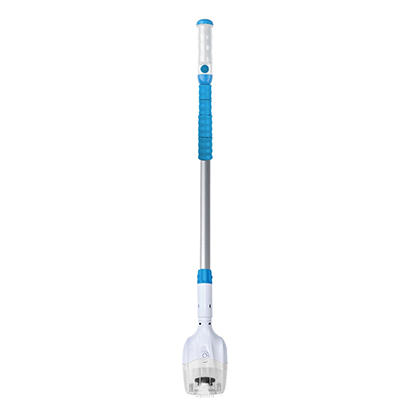
Organic Stains: Granular Chlorine and Pool Brushes
Organic stains can be pesky, but they’re usually the easiest to remove. You’ll need two things: granular chlorine and a sturdy pool brush. Start by sprinkling a small amount of granular chlorine directly onto the stain. Let it sit for a few minutes to work its magic. Then, grab your pool brush and scrub the area in circular motions. You’ll notice the stain fading as you go.
If the stain is stubborn, repeat the process. Don’t forget to vacuum the pool afterward to remove any leftover debris. Portable pool vacuum cleaners remove stubborn stains from hard pool bottoms effectively, especially when paired with this method.
Quick Tip: Always test a small area first to ensure the chlorine doesn’t damage your pool’s surface.
Metal Stains: Ascorbic Acid and Citric Acid Applications
Metal stains require a different approach. Ascorbic acid (vitamin C) and citric acid are your best friends here. These acids work by breaking down the metal particles causing the stain. Sprinkle a small amount of ascorbic acid powder on the stain or dissolve it in water and pour it over the affected area. Let it sit for about 10-15 minutes, then scrub gently with a brush.
For larger stains, you can use citric acid in the same way. After treating the stain, run your pool filter to clear out the dissolved metals. Portable pool vacuum cleaners remove stubborn stains from hard pool bottoms and can help pick up any remaining particles.
Pro Tip: After removing metal stains, use a metal sequestrant to prevent them from coming back.
Mineral Stains: Vinegar Solutions and Pumice Stones
Mineral stains, like calcium buildup, can make your pool look dull. A simple vinegar solution can help dissolve these stains. Mix equal parts white vinegar and water, then apply it to the stain using a sponge or spray bottle. Let it sit for a few minutes before scrubbing with a pumice stone. The pumice stone is great for tackling tough spots, but be gentle to avoid scratching the surface.
Once the stain is gone, rinse the area thoroughly. Portable pool vacuum cleaners remove stubborn stains from hard pool bottoms and can also help clean up any loosened mineral deposits.
Note: If the stain doesn’t budge, you might need a commercial descaler designed for pool use.
Portable Pool Vacuum Cleaners Remove Stubborn Stains from Hard Pool Bottoms
When it comes to cleaning hard pool bottoms, portable pool vacuum cleaners are a game-changer. These devices are designed to suck up debris, algae, and even loosened stains with ease. They’re especially useful after you’ve treated stains with chemicals or scrubbing tools. Simply run the vacuum over the stained area to pick up any remaining particles.
Portable pool vacuum cleaners remove stubborn stains from hard pool bottoms without damaging the surface. They’re also easy to use and save you a lot of time compared to manual cleaning methods. If you don’t already have one, consider investing in a high-quality model to keep your pool spotless year-round.
Why It Matters: Regular use of a portable pool vacuum can prevent stains from becoming permanent, making maintenance much easier.
When to Perform an Acid Wash and How to Do It Safely
Sometimes, stains are so stubborn that regular cleaning methods just won’t cut it. That’s when an acid wash comes into play. This process involves using a diluted acid solution to strip away a thin layer of your pool’s surface, removing stains and restoring its original look.
Here’s how to do it safely:
- Drain the Pool: Completely empty your pool to expose the stained areas.
- Prepare the Acid Solution: Mix one part muriatic acid with ten parts water in a plastic bucket. Always add acid to water, not the other way around.
- Apply the Solution: Use a brush or sprayer to apply the acid solution to the stains. Work in small sections to avoid overexposure.
- Scrub and Rinse: Scrub the area with a pool brush, then rinse thoroughly with water.
- Neutralize the Acid: Use a soda ash solution to neutralize any remaining acid before refilling the pool.
Safety First: Always wear protective gear, including gloves and goggles, when handling acid. Work in a well-ventilated area and follow all safety guidelines.
Acid washing should be a last resort, as it can wear down your pool’s surface over time. For regular maintenance, portable pool vacuum cleaners remove stubborn stains from hard pool bottoms effectively, reducing the need for harsh treatments.
Preventing Future Pool Stains
Keeping your pool stain-free doesn’t have to be a chore. With a few simple habits, you can prevent those pesky stains from forming in the first place. Let’s dive into some easy ways to maintain your pool’s sparkle.
Maintaining Proper Water Chemistry
Balanced water chemistry is your first line of defense against stains. Test your pool water regularly to ensure the pH, alkalinity, and chlorine levels are within the recommended range. High metal or mineral content in the water often leads to stains. Use a sequestrant to bind metals and prevent them from settling on the pool bottom.
Quick Tip: Invest in a reliable water testing kit to make this process easier.
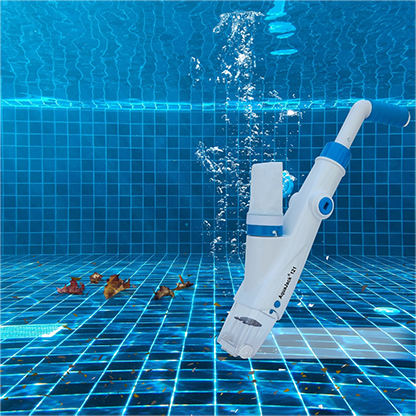
Regular Cleaning and Brushing
A clean pool is a happy pool! Brush the walls and floor of your pool weekly to remove dirt and debris before they cause stains. Don’t forget to vacuum regularly. Portable pool vacuum cleaners remove stubborn stains from hard pool bottoms while also picking up debris that could lead to discoloration.
Pro Tip: Focus on areas where debris tends to collect, like corners and steps.
Using Stain Prevention Products
Stain prevention products are a game-changer. These solutions work by neutralizing metals and minerals in your pool water. Add them during your regular maintenance routine to keep stains at bay.
Addressing Issues Early to Avoid Stain Formation
Don’t wait for a small stain to grow into a big problem. As soon as you notice discoloration, take action. Portable pool vacuum cleaners remove stubborn stains from hard pool bottoms effectively, especially when used early. Quick responses save you time and effort in the long run.
Why It Matters: Staying proactive helps you avoid costly repairs and keeps your pool looking its best.
Identifying the type of stain is the first step to restoring your pool’s shine. Once you know what you’re dealing with, you can tackle it effectively. Regular maintenance and balanced water chemistry are your best defenses against future stains.
Takeaway: A little effort today keeps your pool clean, stain-free, and always ready for a refreshing swim!
FAQ
What causes pool stains to form in the first place?
Pool stains form due to organic debris, metals, or minerals in the water. Leaves, algae, rust, and calcium deposits are common culprits. Regular maintenance helps prevent them.
Tip: Skim your pool daily to reduce debris buildup.
Can I remove pool stains without draining the water?
Yes, you can! Use targeted treatments like granular chlorine, ascorbic acid, or vinegar solutions. Portable pool vacuums also help clean stains without draining the pool.
Quick Tip: Test a small area first to avoid surface damage.
How often should I clean my pool to prevent stains?
Clean your pool weekly. Brush the walls and floor, vacuum debris, and test water chemistry. Consistent care keeps stains from forming and your pool sparkling.
Why It Matters: Regular cleaning saves you time and money in the long run.

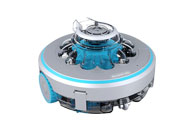 Robotic Pool Cleaner
Robotic Pool Cleaner 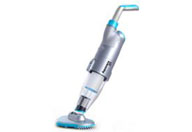 Portable Pool Vacuum Cleaner
Portable Pool Vacuum Cleaner 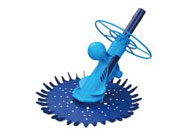 Automatic Pool Cleaner
Automatic Pool Cleaner 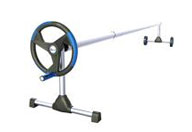 Pool Cover Reel
Pool Cover Reel 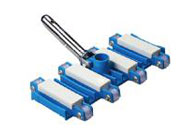 Pool Cleaning Accessories
Pool Cleaning Accessories 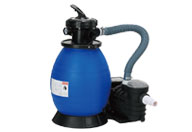 Pool Filter Pump
Pool Filter Pump 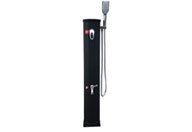 Pool Solar Shower
Pool Solar Shower 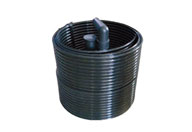 Pool Solar Collector
Pool Solar Collector 